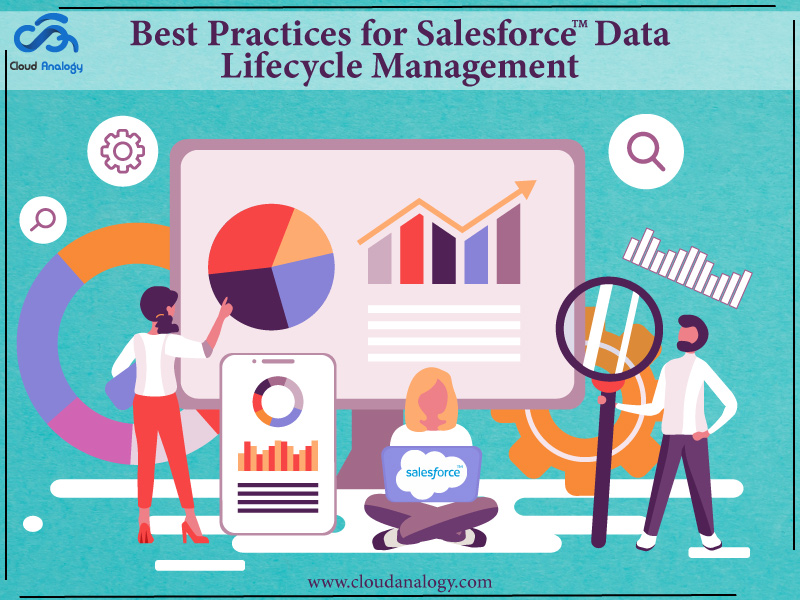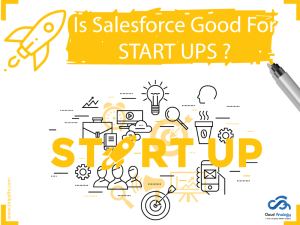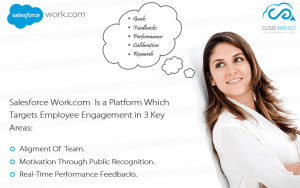Sharing is caring!
In order to provide high-quality and excellent customer service, businesses need to rely on various aspects of technology.
With Salesforce CRM, businesses can not only focus their efforts on the customer base but also better manage their own data and communications. Likewise, Salesforce Data Lifecycle Management techniques help business owners harness the true potential of the cloud technology to provide unfiltered access to members of the sales team, regardless of their device, location, or time.
With Salesforce data lifecycle management, businesses can effectively adhere to internal and external access and retention policies, reduce storage usage, and increase productivity. Businesses can use Salesforce Data Lifecycle Management techniques to create a more accurate and clear picture of their target audience, which allows them to take advantage of targeted marketing efforts across multiple channels.
What is Salesforce Data Lifecycle Management?
To protect your data, you need to know each and every detail of your data such as where it is originally created, stored, used, manipulated, or deleted.
Salesforce Data Lifecycle Management is a policy-based approach that manages the path of data throughout its entire lifecycle, including creation to deletion. Data lifecycle management policies enable businesses to manage the volume, variations, and velocity of input and processed data.
Salesforce Data Lifecycle Management can be best described as a set of tools that ensures leads and clients receive high-quality, personalized service at all times. As a marketing strategy, Salesforce Data Lifecycle Management helps businesses build an effective individual customer journey, stimulate a better brand reputation experience, and increase customer loyalty.
Salesforce Data Lifecycle Management Model
Salesforce Data Lifecycle Management model can be broken down into several main steps:
Approach
Businesses locate potential leads, demonstrate the value of the product or service being offered, and focus primarily on their marketing efforts to convert leads into customers.
Acquisition
The leads then enter the sales pipeline. Moving forward, businesses will need to be able to continue to demonstrate the value of the product and overcome any problems that may occur.
Development
After leads have reached the end of the sales pipeline, most of them become customers. Businesses then focus on further nurturing the relationships by following up with the customers and collecting feedback from them on a regular basis.
Retention
As customers provide information, businesses analyze that data to create a more personalized customer experience. This may lead to further sales, often in the form of cross-sales and up-sales.
Loyalty
The ultimate goal of the customer’s life cycle is to create brand advocates who not only continue to do business with the company but also promote that company on their own social media platforms.
Salesforce Data Lifecycle Management best practices can help ensure that the sales team provides their customers with the individual, personal support that they need. Salesforce CRM, in the form of the Salesforce Marketing Cloud, empowers organizations to stay by their clients’ side throughout the purchase process.
The importance of Salesforce Data Lifecycle Management
Define your data types – Your organization manages various types of documents and files. Each data type may have its own retention length period, archive policies, and safe destruction methods. Salesforce Data Lifecycle Management helps you identify the types of data you store and utilize.
Create a file naming process – Data loss is a serious problem for businesses of all sizes. Any loss of sensitive data can seriously hamper operations and cause a huge loss to the business. By using a file naming structure, anyone within your organization can find the data they need in a matter of a few seconds.
Implement a strong data backup plan – With a good backup solution, businesses can download any file at any time to avoid permanent data loss. Keep an additional copy of data that lives on physical storage or the cloud to avoid any financial or legal hurdle.
Archive seldom-used data – Depending on the type of data involved, you might be able to select the rarely used data to move it to your backup archive. Moving data that is rarely used into an archive can erase the storage space of the devices you use every day and thus accelerates the processing speed to make your business run faster.
Conclusion
Salesforce Data lifecycle management is the comprehensive process of managing contracts from vendors, partners, customers, or employees. Built on the Salesforce platform, Salesforce Data Lifecycle Management helps businesses grow and scale up faster across all verticals by reducing compliance risks and helping you close more deals.
Need any assistance in maintaining your salesforce solutions with regards to Salesforce customization, data migration, CRM implementation, integration, and more? Transform your business now by hiring certified and experienced Salesforce Admins, Consultants, Developers, and Technicians who would assist you with almost everything in the context of Salesforce products, services, and capabilities.

Sachin Arora
Scrum Master and Principal Solutions Architect
Sachin, a renowned Scrum Master and Principal Solutions Architect at Cloud Analogy, has rich experience when it comes to working on process improvement in a fast-paced environment maintaining high level of quality in all deliverables. Sachin's expertise lies in varied hardware and software environments including Cloud technologies such as Salesforce, AWS, Cloud Foundry & Google App Engine and Mobile.Hire the best Salesforce Development Company. Choose certified Salesforce Developers from Cloud Analogy now.







